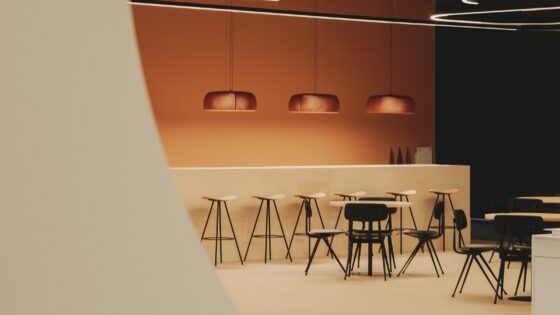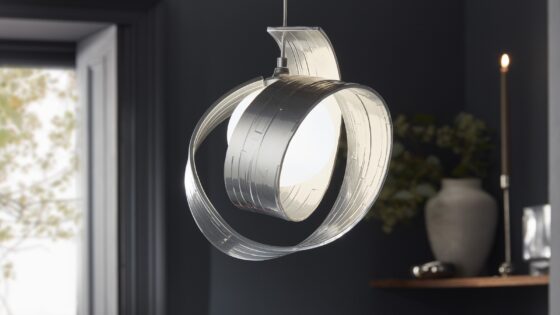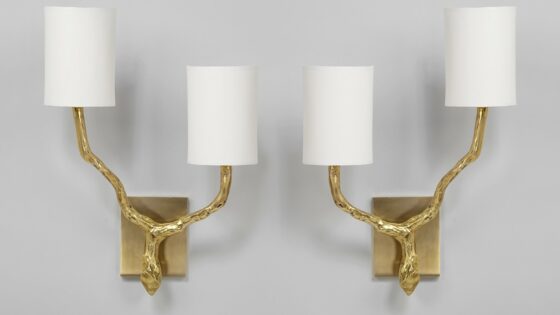Ganesh Prasad recently joined international lighting specialists Chelsom as Head of Technical. Having worked in India, the Middle East and the UK he brings a wealth of experience in all aspects of technical lighting with a speciality in LED light sources, their design and function.
Since he joined the company, Ganesh has noticed an interesting difference in the type and direction of technical questioning that comes from the interior design industry as against those from an architectural background. Questions tend to relate to creating ambience rather than the hard technical facts covering industry standards, detailed light output measurement etc.
Q: Are there any specific light level requirements for hotel guestrooms?
GP: To answer simply there is no specific legislation or standards relating to light levels in hotel guestrooms. However associations like CIBSE and SLL in the UK or IESNA in North America do set down guidelines rather than mandatory requirements. They would cover a suggested light level for task areas such as desk or reading areas like bedside or armchair. In essence though, the correct light levels for guestrooms are defined by guest satisfaction. The biggest single complaint registered by hotel visitors is the lack of sufficient lighting in guestrooms. Such spaces are multifunctional and designers should therefore build in sufficient light points with optimum light output to ensure guests can work, read, relax and live. There is one part of guestroom lighting which does however follow stringent regulations and that is emergency lighting for use during a power failure, fire or other emergency. Such requirements can be found in building regulations or codes which may vary according to region or type of property.
Q. If so how do we measure the light output of a decorative light fitting?
GP: The output from decorative light fittings is measured in lumens and it’s a numerical scale starting from zero which is complete darkness and going upwards. Photometric test equipment would be required in laboratory conditions to give an absolutely accurate lumen output reading but for example a 10W LED lamp will give an output of around 1000 lumens. Of course once that lamp is shrouded by a diffuser or fabric shade, lumen level will drop significantly.
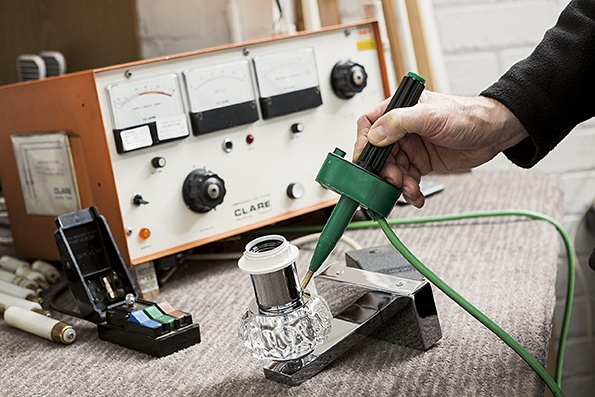 Q. Is there any difference between types of switch?
Q. Is there any difference between types of switch?
GP: Operationally there is no difference and when the switch is open, then the power is off and when the switch is closed the power reaches the light source. For aesthetic reasons, designers may choose a push button switch, a rocker switch, a toggle switch or a cord switch. Touch switches are another alternative but are often misunderstood in hotel guestrooms when the visitor looks frantically for a switch that isn’t there. Dimmer switches are of course another option and are usually of the rotary type or slide type.
I am often asked about two-way switching, in other words a light fitting that can be switched from the unit itself or from the entry point to the room. Technically it is entirely possible providing we are made aware of the requirement before manufacture so that a four core cable can be installed giving 2 separate lives.
Q. Dimming always seems complicated why is that?
GP: Dimming itself is not at all complicated. However there are many types of dimming systems and technologies in the marketplace just as there are many different types of dimmable lamps or light sources. Where confusion can arise is in the compatibility of the systems, the intermediate switching and the lamps themselves. This confusion arises particularly with LED light sources whose compatibility needs more care. The simple answer is ask a specialist such as Chelsom who can advise on the best lamp and dimming technology combinations which will ensure a full range of smooth dimming without flicker or noise.
Q. LED lamps seem to be the only way forward is this right?
GP: Yes! Legislation over recent years has banned the manufacture of higher wattage less efficient lamp types; LED’s consume far less energy than other lamp options; they last up to ten times longer than a compact fluorescent equivalent; they are dimmable; they now give out a wide range of colour temperatures including the same warm light as incandescent; they contain no toxic substance such as mercury nor give out any UV glare; they are instant start with no flicker and most importantly costs continue to come down through mass production.
Q. Can you explain IP?
GP: IP stands for Ingress Protection and ratings consist of 2 numerical digits on a scale of 0-9, the first digit covering solids such as dust or insects and the second liquids. Most interior hospitality lighting products should have an IP20 rating which basically means it is not possible to access internal electrics and live parts. Bathroom lighting would require, in certain cases, an IP44 rating meaning luminaires are fairly well protected against solid ingress and water ingress. What is important in bathrooms are the zones which are described in the attached diagram and which cover areas created by the bath or shower and areas within 600mm of the bath or shower. For zone 1 only low voltage fittings with a minimum rating IPX5 are allowed. For zone 2 fittings with a minimum rating of IPX4 are required. Outside zone 2 any luminaires can be used providing they are protected by an RCD.
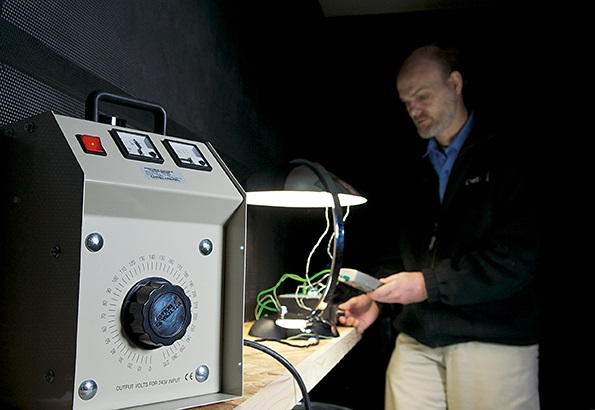 Q. What is colour temperature?
Q. What is colour temperature?
GP: The colour temperature of a lamp relates to how the human eye sees the colour emitted from a light source once it’s illuminated. The range is from a ‘cold light’ to a ‘warm light’ and the colder the temperature, the more blue is involved and the warmer the temperature, the more red is involved. The colour temperature itself is measured in Kelvins and the higher numbers are colder say 6000 Kelvins with the lower numbers being warmer say 2000 Kelvins. Recent scientific research has shown that a colder blue light makes you more alert as it gives the feeling of bright light in the middle of the day. Warmer red light is more relaxing as it replicates dusk at the end of the day. There are no legal or guideline requirements for colour temperature in hotel guestrooms but once again guest satisfaction is the driving force. The general consensus is that 2700 Kelvin gives the right ambience as it is the closest to incandescent light which we have all been used to for a hundred years.
Q. Is it easy to fit USB ports and will the same port charge all devices?
GP: A USB port requires sufficient space including a depth of about 30mm. As long as a table lamp base or wall light backplate has that space it is relatively easy to fit the ports. There are 3 different types of ports relating to the 3 different types of connector in the marketplace. We usually work with Type A which is widely used with most smartphones and tablets. The voltage required for all devices is 5V but the amperage varies from device to device. For example an iPad will take 2.1A and an iPhone will take 0.5A. You need to be sure therefore that the USB connectors are compatible with the higher load capacity in order to charge all devices.
Ganesh adds “I joined Chelsom at a very exciting time for guestroom lighting. Not only is LED technology developing extremely fast but dimming systems and guestroom lighting management systems are playing a large part. Lighting management can create huge savings in running costs whilst giving the guests a more satisfying stay at the hotel. The crucial thing is to talk to the experts and talk to them early in the project.”
marketing@chelsom.co.uk
01253 831401
chelsom.co.uk


